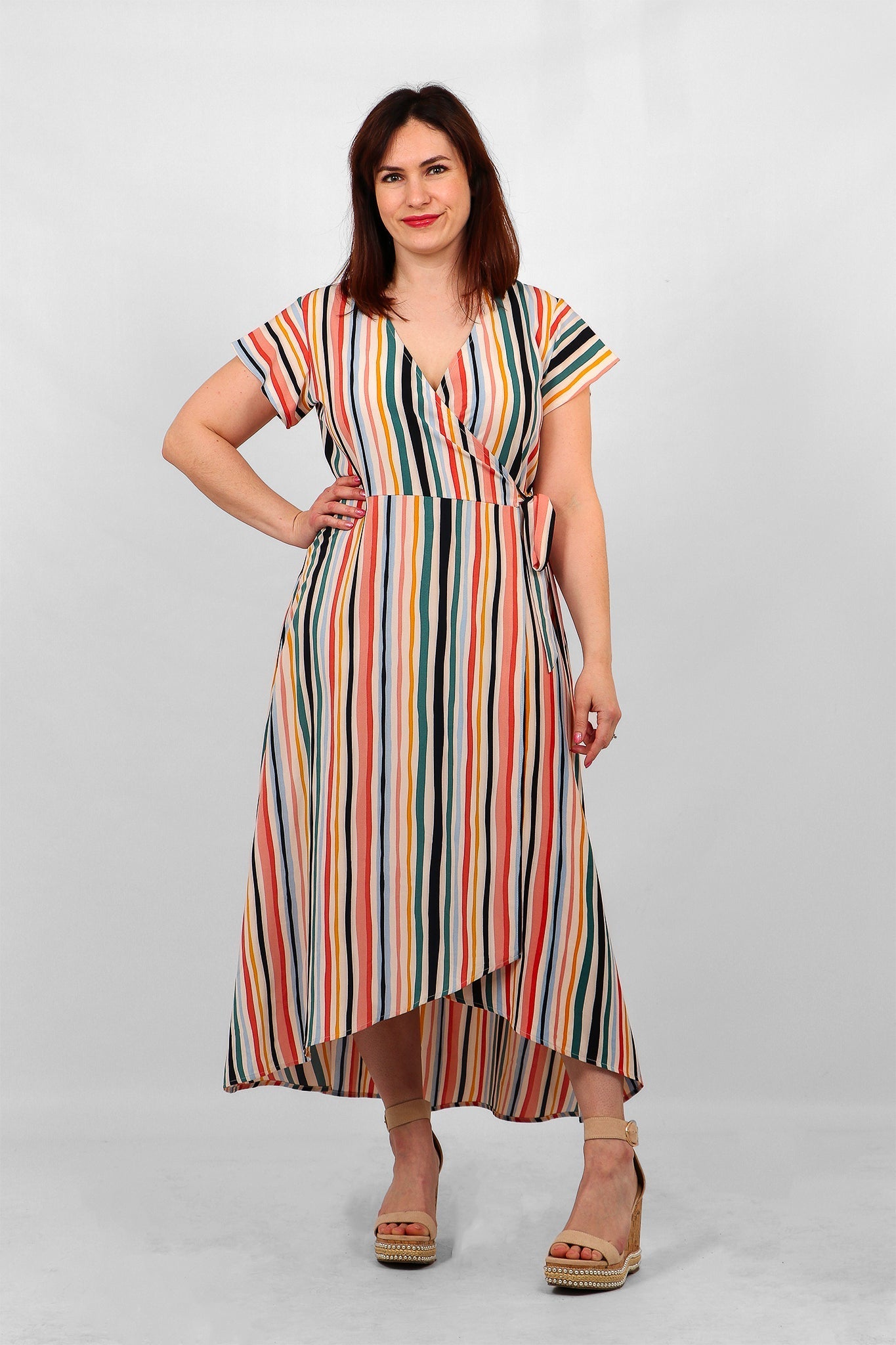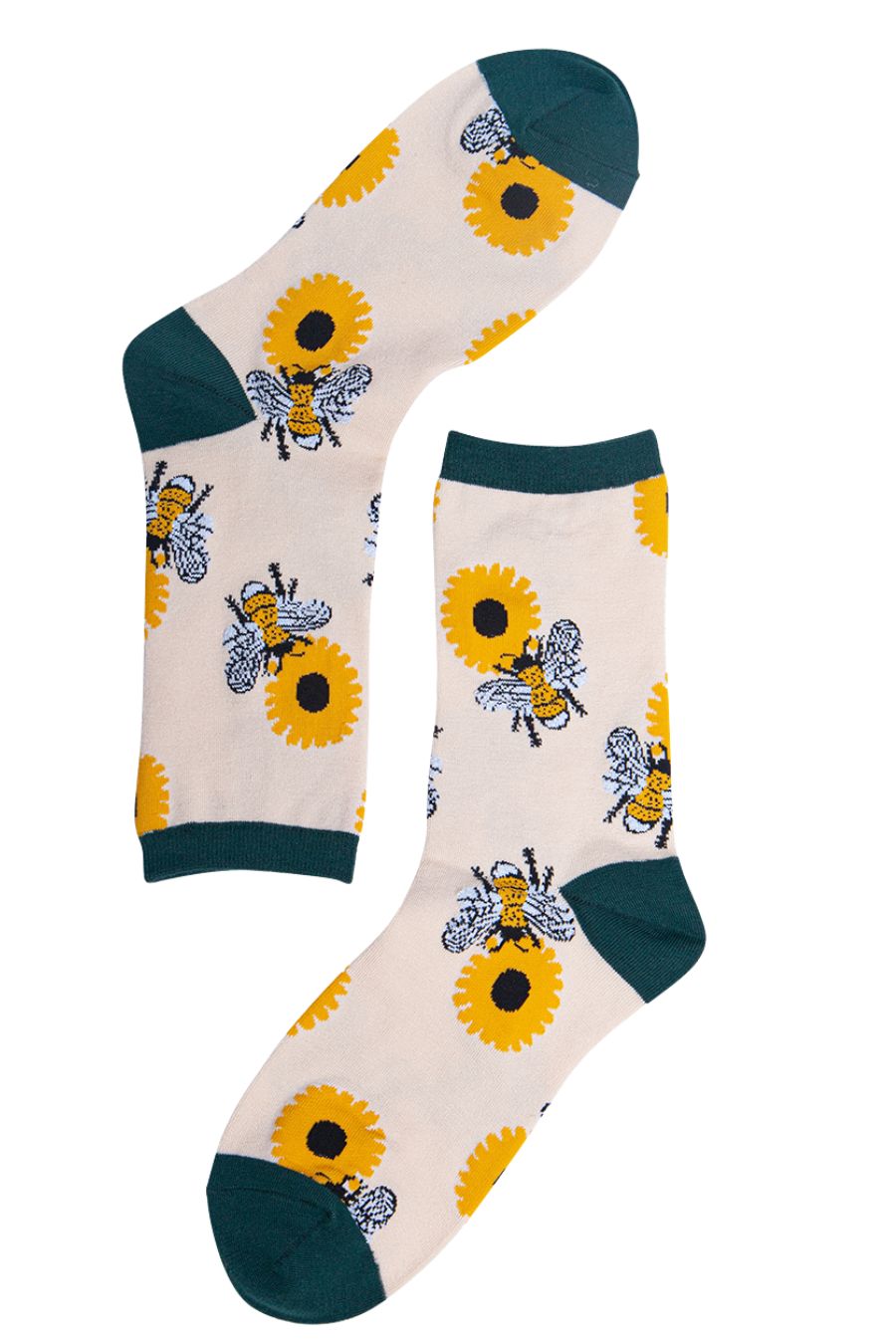A Journey Through Time: Exploring the History of the Dress
The dress, a timeless wardrobe staple, has evolved dramatically throughout history, reflecting cultural shifts, societal norms, and the ever-changing desires of women. Let's embark on a journey through the centuries, exploring the fascinating stories behind the dress and its impact on fashion.
Early Beginnings:
Our journey begins in the 11th century, where European women wore dresses resembling men's tunics, evolving by the century's end with tighter fits and side slits for a more defined silhouette.
The Age of Transformation:
The 16th century witnessed a vibrant explosion of styles. Middle- and upper-class women donned elaborate ensembles featuring smocks, stays, kirtles, and ruffs, while Queen Elizabeth dictated fashion trends in England. France and Italy embraced distinct silhouettes with Spanish influences.
A Canvas for Expression:
The 17th century saw Holland emerge as a textile powerhouse, influencing dress design. Lace, slashing, and full skirts with overskirts became popular, while necklines dipped lower, adorned with embroidery reflecting scientific discoveries. The working class favored simpler shifts and gowns.
Shifting Silhouettes:
The 18th century brought dramatic changes. Large triangular silhouettes with hoop skirts dominated the early period, followed by a shift towards lighter fabrics and simpler gowns in Colonial America. France saw rapid fashion evolution, eventually giving rise to the iconic Empire style dress favored by Josephine Bonaparte.
The Rise of Diversity:
The 19th century witnessed a diverse range of dress styles categorized by occasion and time of day. High-waisted dresses ruled until the 1830s, while the 1860s saw the extravagant hoop skirt and crinoline era. The Victorian era brought tight-fitting silhouettes with intricate details, while American dress reform movements challenged restrictive styles.
The 20th Century: Embracing Change:
The 20th century saw a whirlwind of innovation. The Gibson Girl popularized a specific silhouette, while the Edwardian era introduced the "pigeon breast" and "s-shaped" forms. World Wars influenced practical, shorter dresses, and the 1920s ushered in the iconic flapper dress. Post-war, the New Look by Christian Dior brought back elegance and fullness.
A Modern Mosaic:
Since the 1970s, dress design has become a dynamic tapestry. Short and ankle-length styles coexist, reflecting individual preferences and the ever-evolving fashion landscape.
More Than Just a Garment:
The dress is more than just a piece of clothing; it's a symbol of femininity, cultural expression, and personal identity. Throughout history, it has adapted and evolved, reflecting the changing lives and aspirations of women. This journey through time highlights the fascinating story of the dress, a symbol that continues to captivate and inspire.



